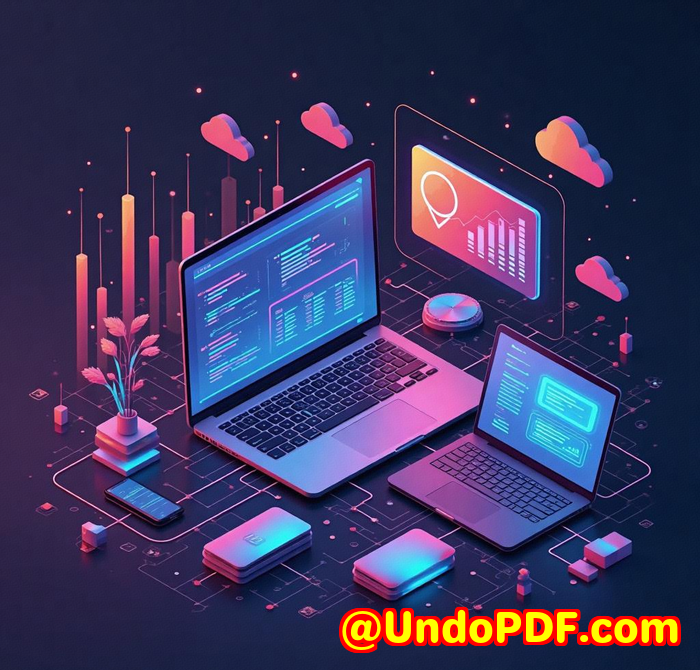Build a Batch PDF Conversion Workflow in Your Application with One-Time SDK Integration
Meta Description:
Learn how to integrate PDF conversion into your application with the Virtual PDF Printer SDK, and automate batch document processing.

Opening Paragraph (Engagement)
Ever found yourself bogged down by manual document conversions in your application? If you’ve ever dealt with the hassle of converting multiple documents to PDFs, you know how repetitive and time-consuming it can be. But what if you could streamline the process, automate the entire workflow, and let your application do the heavy lifting for you? That’s where VeryPDF Virtual PDF Printer SDK comes in. I’m going to walk you through how this powerful SDK can transform your workflow, saving you both time and headaches.
Body (Product Solution + Personal Experience)
I first stumbled upon the Virtual PDF Printer SDK when I was working on a project that involved converting a series of reports into PDF format. My goal was to automate the entire process, allowing users to just hit ‘print’ and let the software take care of everything. After looking around at a few options, this SDK stood out due to its flexibility and ease of integration.
Key Features that Solved My Problem
Here’s what drew me to it:
-
Batch Conversion at Scale
The biggest win for me was the ability to handle batch PDF conversions. Instead of manually processing each document, I could set up a batch workflow and let the SDK do the rest. For developers working with large volumes of data or documentation, this is a game-changer. The SDK supports converting multiple documents into PDFs in one go all you need is a print command.
-
Seamless Integration with Any Windows Application
The SDK integrates effortlessly into existing Windows applications, whether it’s written in C++, Visual Basic, or even .NET. What impressed me was how quickly I could set it up. You don’t need to become a PDF expert to use it. The whole integration process was smooth, and within an hour, I had added a ‘Print to PDF’ function to my application. This made it perfect for both new builds and older legacy systems.
-
Customization and Flexibility
Another aspect that stood out was the customization options. I could specify the output folder, file names, and even set up automatic encryption for sensitive documents. The ability to tailor how and where the PDFs were saved gave me total control over the final product. Plus, with multi-language support, I didn’t have to worry about compatibility with foreign-language systems.
Real-World Example
Let’s say you’re working in a financial department, and you need to convert a stack of reports from an internal tool into PDF format, ready to be shared with clients. Without the SDK, this could mean clicking ‘Print’ dozens of times, one for each report. But with Virtual PDF Printer SDK, you just set up a batch job, and voil all your reports are in a single, secure PDF, ready for distribution.
What’s even better is that I was able to implement features like PDF encryption with just a few lines of code. When you’re dealing with confidential information, this was a huge relief.
Conclusion (Summary + Recommendation)
If you’re in the business of automating workflows or dealing with a constant stream of documents, I’d highly recommend integrating the Virtual PDF Printer SDK into your application. The way it simplifies batch PDF conversion, combined with its ease of integration and customization options, makes it a must-have for anyone looking to boost productivity.
Want to take it for a spin yourself? Click here to try it out and start streamlining your document workflows.
Custom Development Services by VeryPDF
VeryPDF offers custom development services tailored to your needs. Whether you’re looking to integrate PDF creation into a bespoke solution or automate complex document workflows, their team is ready to assist. With experience across platforms like Windows, macOS, Linux, and more, they can build solutions that suit your technical environment. Reach out to VeryPDF’s support team through this link to discuss your custom project requirements.
FAQ
-
What programming languages does the Virtual PDF Printer SDK support?
The SDK supports a wide range of programming languages, including C, C++, VB.NET, C#, and Visual Basic, among others.
-
Can I batch convert multiple documents to PDF at once?
Yes, the SDK supports batch conversion, allowing you to convert multiple files to PDF in a single operation, saving time and effort.
-
Does the SDK work on both 32-bit and 64-bit systems?
Absolutely. It’s compatible with both 32-bit and 64-bit Windows systems, including versions like Windows XP through to the latest Windows 11.
-
Can I customize the output folder and filenames?
Yes, the SDK allows full customization of the output location and filenames, giving you control over your document management.
-
Is it possible to add encryption to my PDFs?
Yes, you can easily add encryption to your PDFs using the SDK, with options for 128-bit encryption and other security features.
Tags or keywords
-
Batch PDF conversion
-
PDF SDK integration
-
Print to PDF SDK
-
PDF document automation
-
Virtual PDF Printer SDK
Explore VeryPDF Virtual PDF Printer Driver SDK Software at: https://www.verypdf.com/app/document-converter/try-and-buy.html